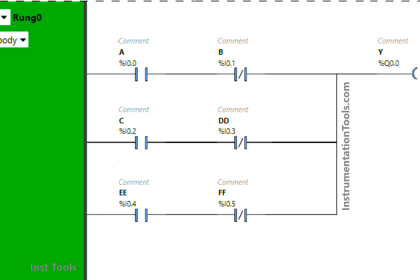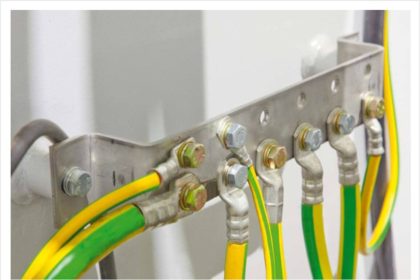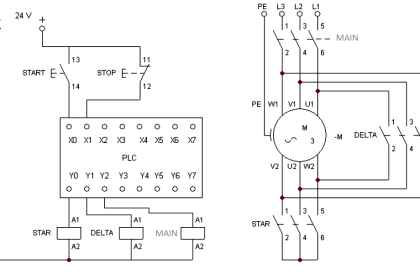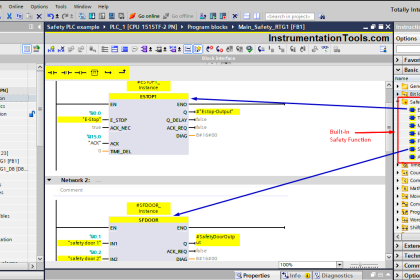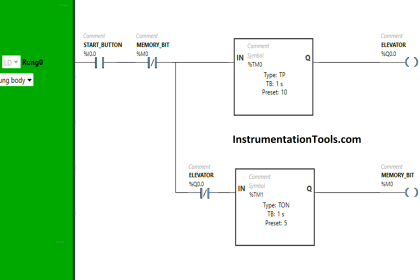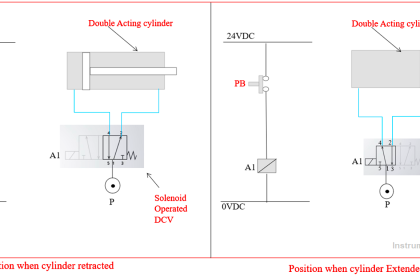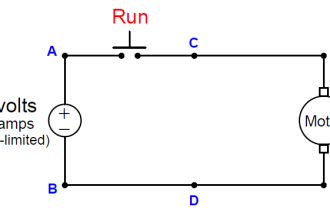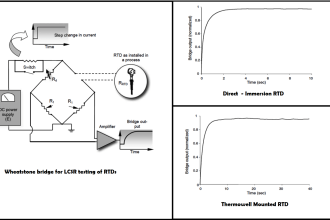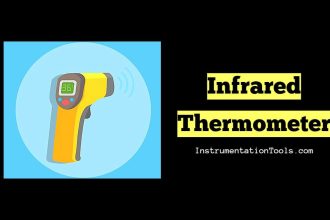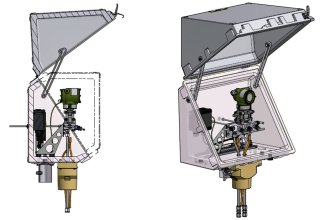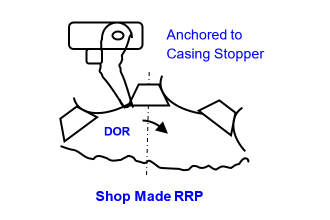In the last post, we saw how to write a repeat until statement in SCL language. In SCL language, you can directly insert function blocks through many shortcuts in the TIA Portal. This saves time in engineering and allows the programmers to quickly write and troubleshoot a program. If you know the correct syntax on how to write them, it will be a very powerful tool. In this post, we will see how to insert function block calls in the SCL language of the TIA Portal.
What is a function block in the SCL language?
A function block is an element through which you can write a single logic inside it, and call it in multiple instances. This can be explained with a simple example where you have 10 motors and all the motors are operating in the same logic. Instead of writing them 10 times, write it a single time in a function block, and call that in 10 different instances. Each instance will have its own set of inputs and outputs. Due to this, you can link 10 motors with the same logic, and get your work done. It is a common feature of PLC programming and is available in almost all the PLC vendor software.
In the TIA Portal, if we use function blocks, there are two types – single instances and multiple instances. When you call a function block, a DB will be created as a single instance. So, the values of the called function block will be stored in that DB. This is called a single instance. In multiple instances, a function block is called inside a function block. Each time you call, a DB will be created. So, multiple DBs will be created inside a single function block. This is called multiple instances, where the values of the called function block are stored in the instance DB of the calling function block.
For more information on function blocks in the TIA Portal, Click Here.
Calling a function block in SCL language
You can call both the types of instances in the SCL language program. We will call both the single instance and multiple instance function blocks.
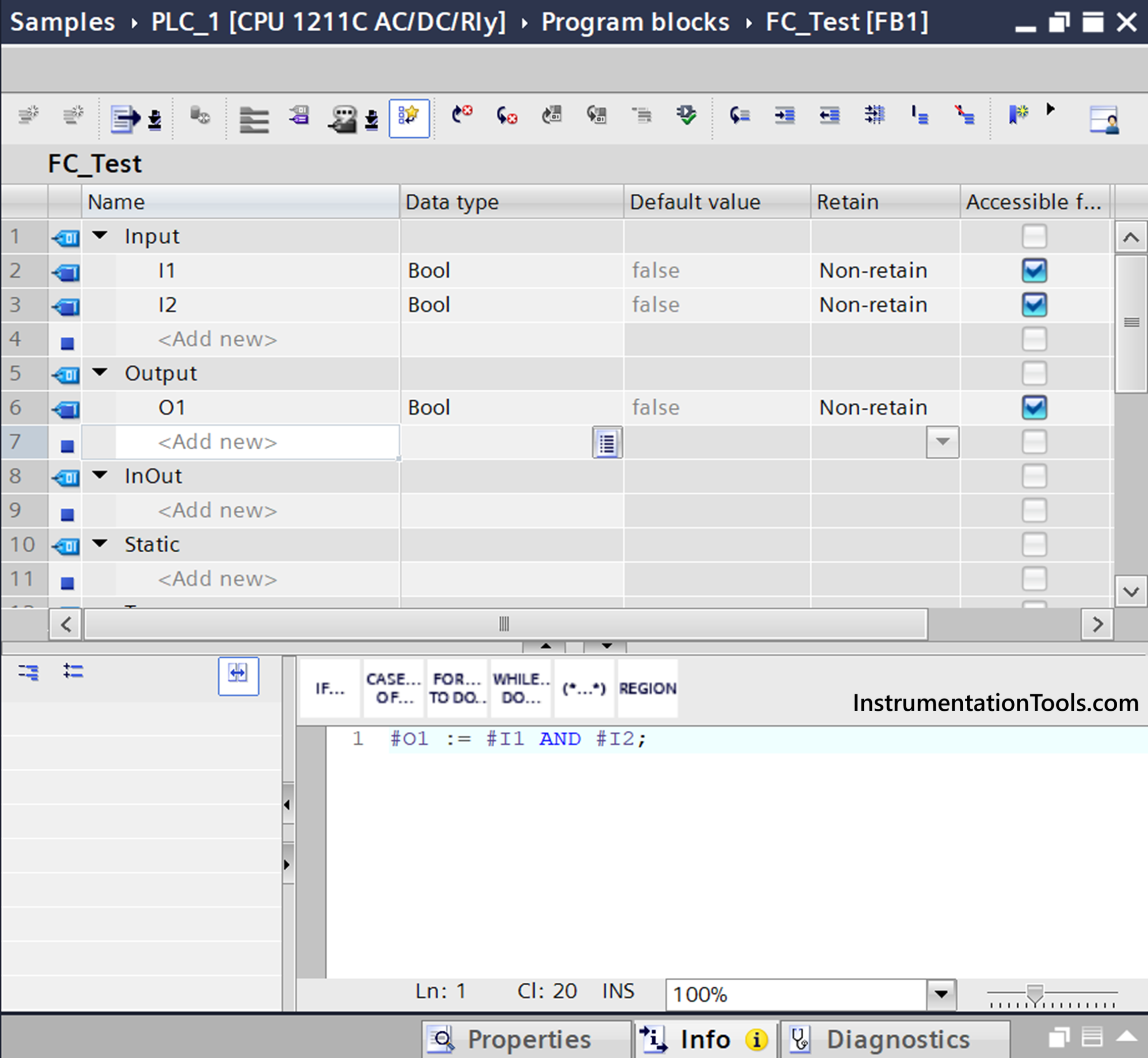
Refer to the above image. First, we will see below how to call and write single instance function blocks. We create a function block in the program named FC_Test. Here, I declare two input variables (I1, I2) and one output variable (O1). We write a simple logic where, if both the inputs are on, then the output will turn on, otherwise will remain off.
Now, see the below image. In the function code or program of SCL_Test, we drag and drop the function block FC_Test. When you do, a DB will be asked to be created, which we name here as FC_Test_DB. Then, you need to enter the corresponding parameters inside the bracket. If you drag it one more time, a second DB will be created. So, the logic of FC_Test will be executed with two separate instances and work independently. In short, whenever you call a function block with a single instance type, a DB will be created where the corresponding values will be stored.
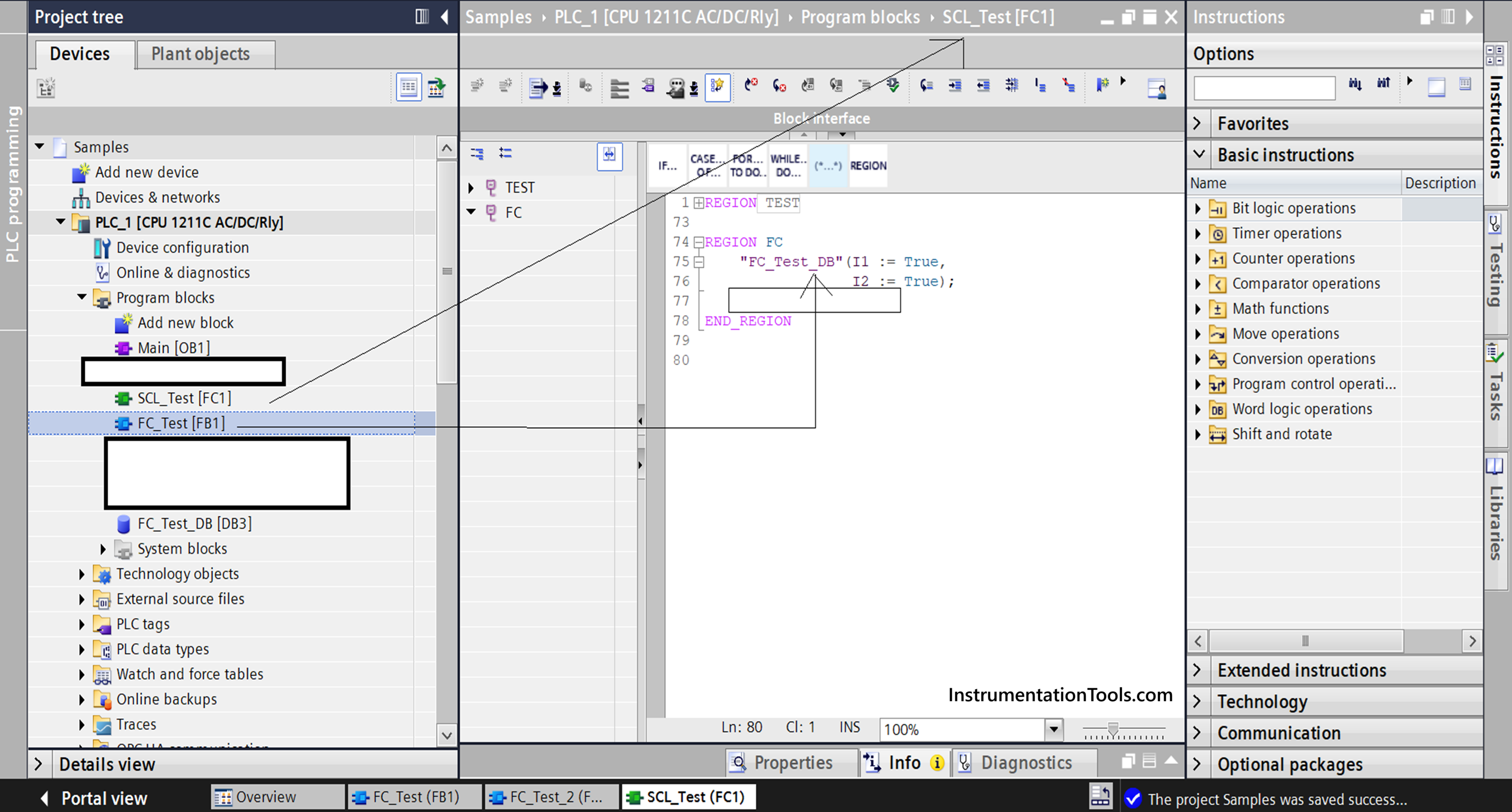
Refer to the below image. Next, we will see below how to call and write multiple instance function blocks. We create a function block in the program named FC_Test_2. Here, I declare one output variable (O2). Also, I call the earlier created function block of FC_Test two times. Due to this, two instances of that function block are created in the static parameter – FC_Test_Instance and FC_Test_Instance_1. We write a simple logic where, if the output of the first instance is on, then the output will turn on.
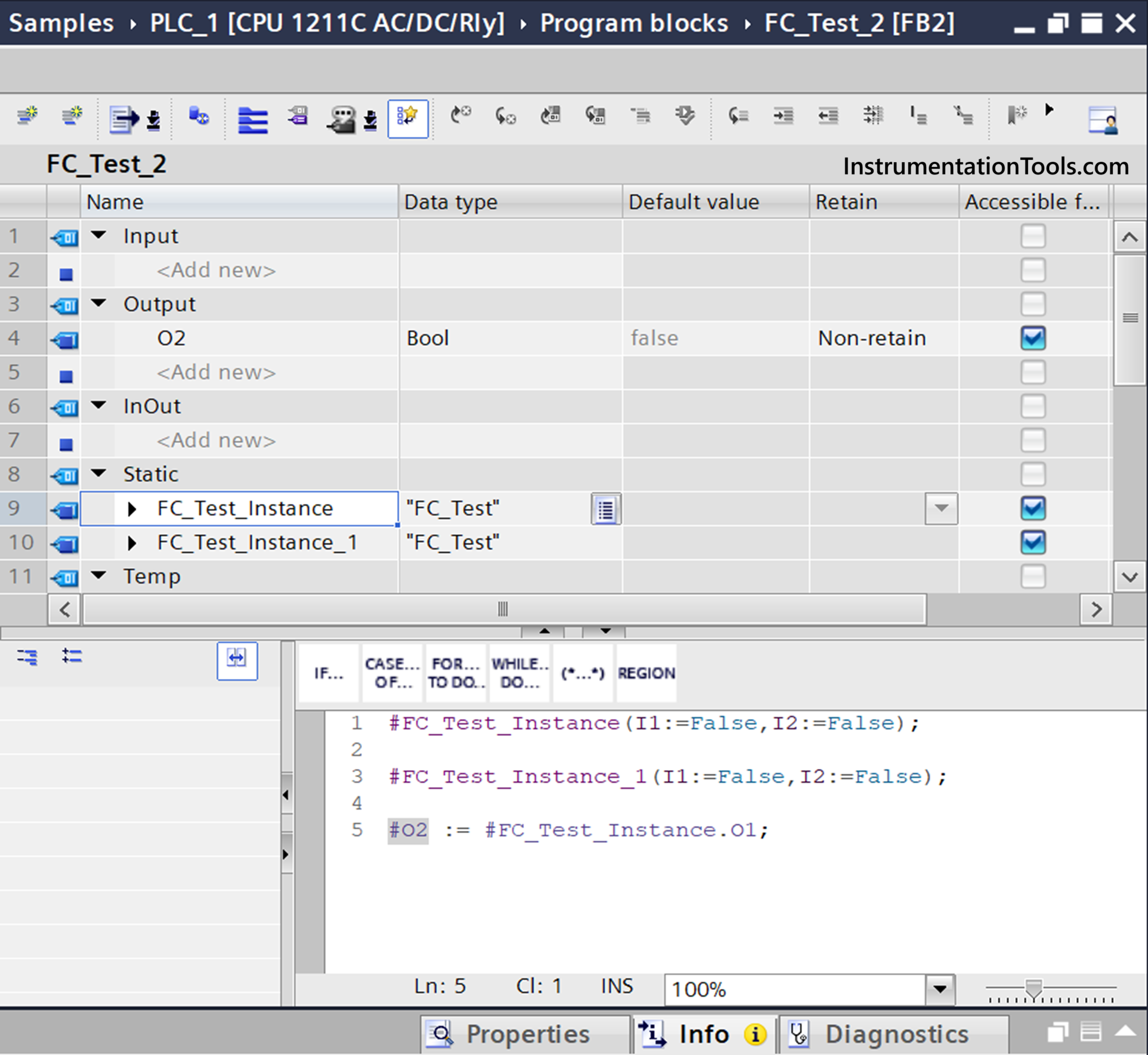
Now, see the below image. In the function code or program of SCL_Test, we drag and drop the function block FC_Test_2. When you do, a DB will be asked to be created, which we name here as FC_Test_DB_2. Then, you need to enter the corresponding parameters inside the bracket. If you drag it one more time, a second DB will be created. So, the logic of FC_Test_2 will be executed with two separate instances and work independently. In short, whenever you call a function block with a multiple instance type, an instance will be created inside the called function block, where the corresponding values will be stored in the static parameter.
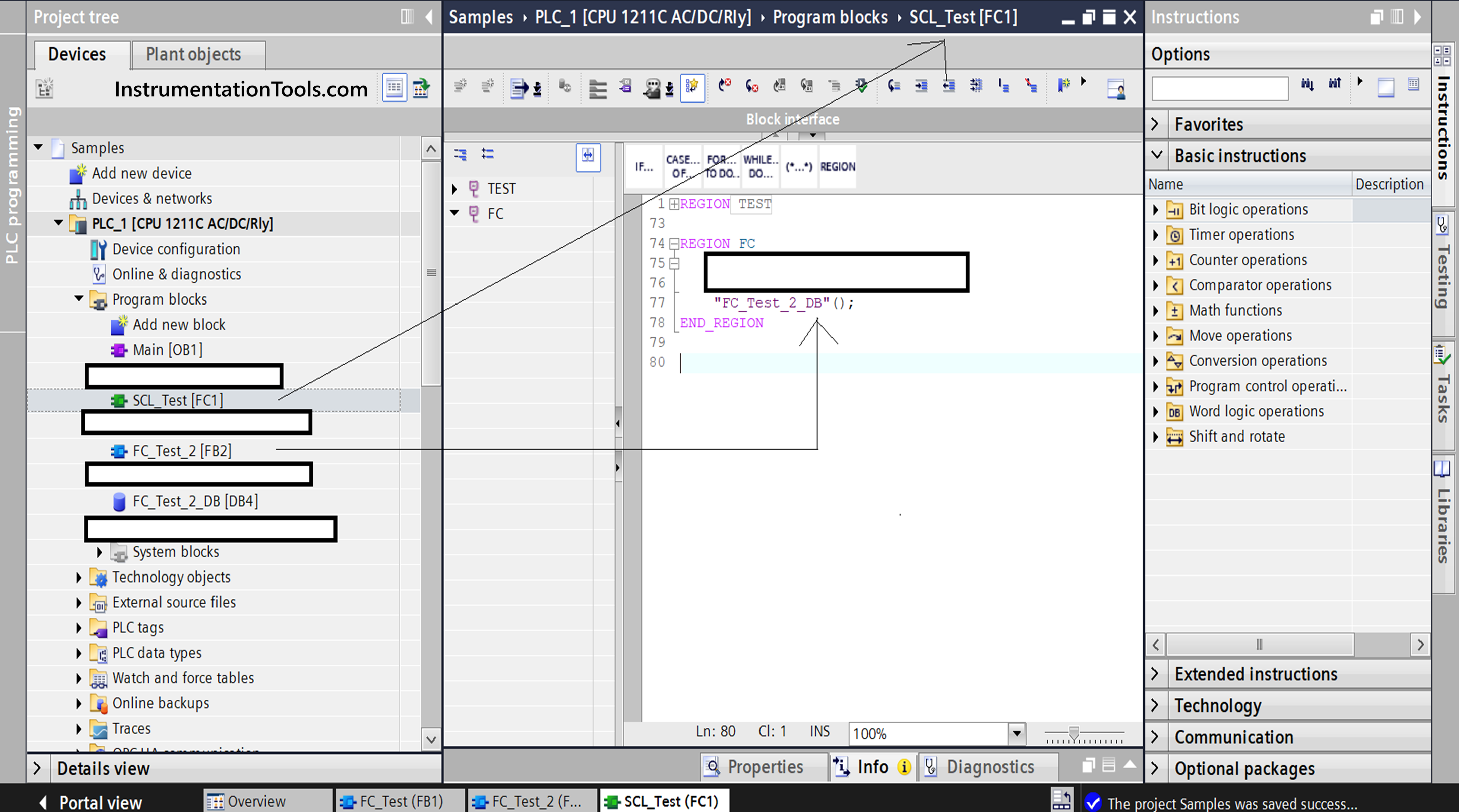
Some important points to note down are:
- The syntax for a single instance is – <DBName> (Parameter List). The syntax for multiple instance is – <#InstanceName> (Parameter List)
- Input and in-out parameters have the assignment identifier “:=”, and the output parameter has the assignment identifier “>=”.
- Each parameter is separated by a comma.
- Every time a function block is updated, you can right-click the called function block and update it.
In this way, we end our series of SCL languages on the TIA Portal.
Read Next:
- Highway Lights Program using RTC in PLC
- PLC Logic for Washing Machine Automation
- Burning System OMRON PLC Program Example
- Analog Alarms using Functional Block Diagram
- PLC Programming Motors with Fixed Priorities
